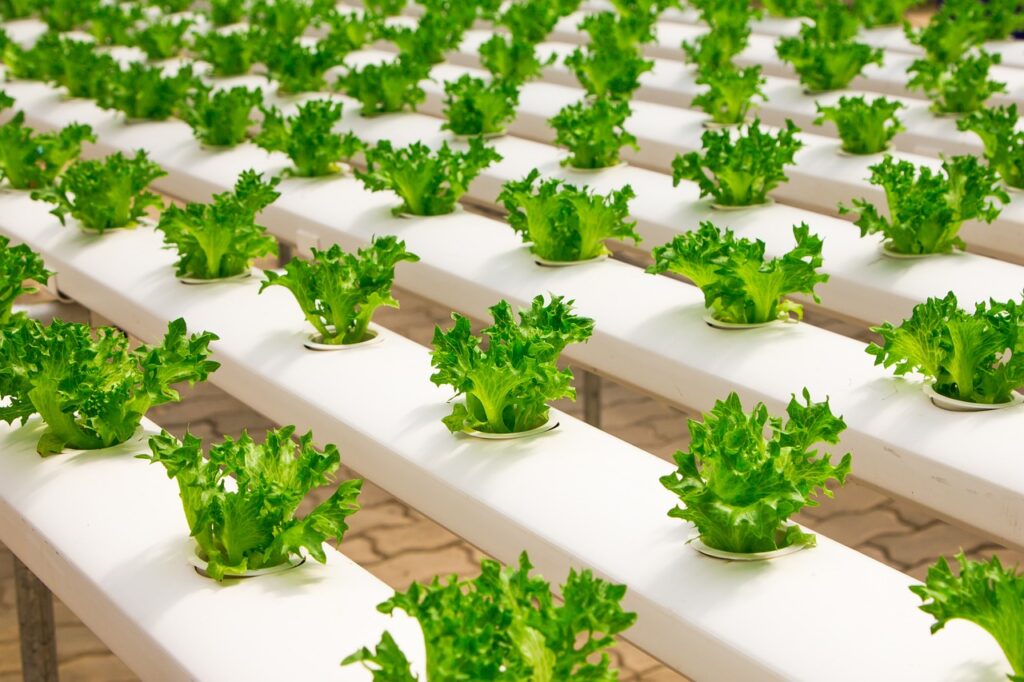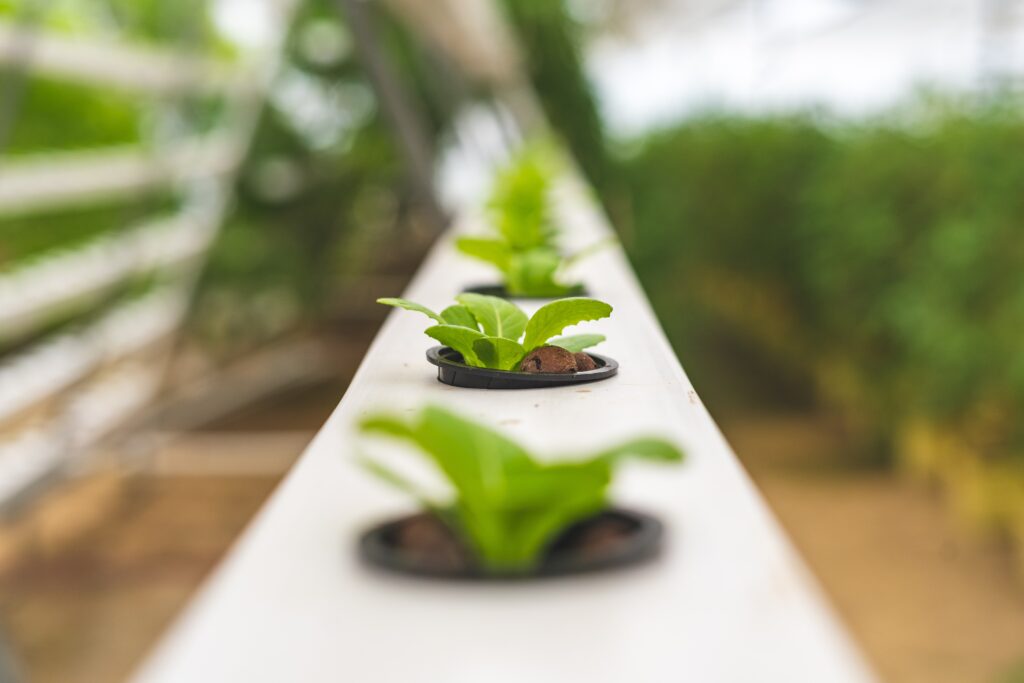Drip hydroponics system
There are two main categories in which any hydroponics systems are divided: active and passive. Today we will discuss about an active system.
Active hydroponics system
In an active hydroponic system the suspended root system require a water pump to circulate nutrient solution and then drain it back to reservoir. A drip system is a type of active hydroponics. It is one of the most economical solution in terms of water consumption and materials required.
Drip hydroponics is popular among both hobbyists and commercial growers because of its efficiency, scalability, and ability to automate the nutrient delivery process. It helps optimize plant growth and minimize resource waste compared to traditional soil-based cultivation.
A slow watering system works best if plants are placed in separate containers and have individual adjustments. In this way water and nutrients are steadily supplied.
How Does the Drip System Work?
A drip system basically works by providing the nutrient solution directly to roots I-e the solution is present at the base of plants. Each part and its function is explained below:
Reservoir tank
A tank that holds reserve water and hydroponic nutrient solution required for the whole system.
Pump
This system uses a pump located at the base of reservoir. It circulates the nutrient solution through network of hoses. The pump is connected to a timer to control and set the irrigation cycle. This automation ensure that the plant receives a fixed amount of nutrient solution. The pump is used multiple times each day for supply.
Drip emitters
Small emitters or drip lines are placed at the surface of each plant that controls how much drip or stream the roots needs. They can be laid along the rows of plants. If the emitters have a power source you can also control the system. The amount of water per drip can be pre set. If the system isn’t controlled it will drown the roots and it will collapse.
Drip vertical farming
To create a vertical farm all you have to do is to place droppers at the top. The nutrient solution will pass through the top and reach the bottom plants, regardless of the growing medium. The remaining solution will drip back to the reservoir and the cycle will continue.
Just like any other hydroponics system it is a bit tedious to setup in the beginning. However, you can completely automate the system using small innovations and run the system freely from the comfort of your phone. We are working towards creating simple and easy tutorial to help you run your systems automatically. In case of drip lines, if are installed correctly the system will run smoothly. So overall it is more flexible and high result yielding system.
Drip Hydroponics plants
Almost all the plants suit hydroponics but in drip systems its better to cultivate: lettuce, tomatoes, peppers and basil. We would suggest you to steer away form larger plants with extensive root system.
Now lets talk about some of the pros and cons of this system.
Advantages of Drip hydroponics systems
Simple with reduced labour
The construction equipment for drip system are very affordable and doesn’t require constant adjustments. This system can be very beneficial for large scale cultivation.
Water and nutrient efficiency
This systems is highly precise as the water drips directly to the roots and the excess is not wasted. This helps plants have breathing gap and not drown. This approach ensures that the crops receive right balance of nutrients.
Automation
Drips systems can easily be made innovative by using timers on drip emitters and reservoir pump . You can also control all of it from your mobile application using the methods stated in our tutorials. This makes it particularly beneficial for both commercial and private use.
Space conservation
These systems can be designed to fit various space configurations. Be it vertical farming, it adapts to the availability.
Disadvantages of Drip hydroponics System
While drip systems offers numerous advantages, just like any other system it has its shortcomings.
Clogging of emitters
Drip emitters or tubes can be clogged because of build up of minerals so proper maintenance is required. To prevent clogging you can try the following things.
- Monitor PH of nutrient
- Make sure all the nutrients are fully dissolved
- Check emitters regularly, tiny sediment can be removed by gentle tapping
- Clean drain so algea or bacteria doesn’t accumulate
Power dependency
As these systems require power to operate pumps and emitters. So you need of a constant and stable power source is eminent.
Despite the disadvantages many enthusiast growers successfully use drip system by managing these challenges. Each hydroponic system has its unique characteristics and the choice depends on your particular factors.
If you think this article was helpful or you have any kind of question regarding hydroponics comment down below and we will be there to sort it. 🙂



